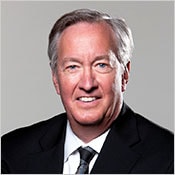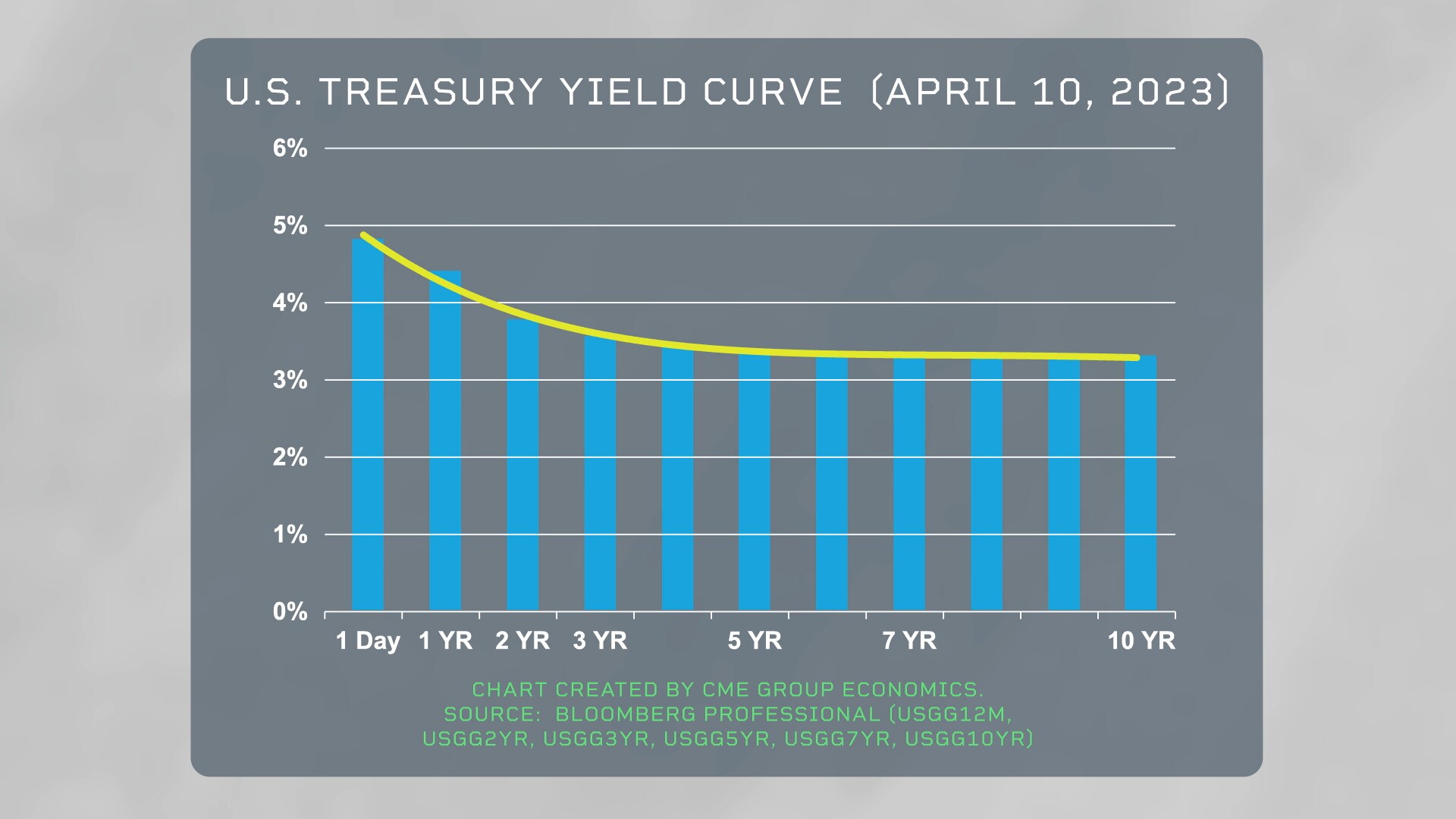2 Min WatchArticle17 Apr 2023
Understanding the ‘Sufficiently Restrictive’ Phrase
At a Glance
The Federal Reserve has guided that it will raise rates until its policy is “sufficiently” restrictive. Monetary policy already appears restrictive. We will wait on the Fed to tell us if this is sufficient.
The yield curve, with short-term rates higher than long-term yields, has been inverted since November 2022. An inverted yield curve is a reliable indicator of a restrictive policy by virtue of its track record of anticipating past recessions.
Indeed, the increase in interest rate risk associated with an inverted yield curve has already negatively disrupted the banking sector. U.S. bank lending slowed noticeably in the weeks following the failure of several banks in early March. While bank credit is not a reliable indicator, the current lack of loan growth does suggest that the interest-rate policy is having an impact.
More recently, with the release of the PCE core inflation metric for February 2023, the federal funds rate is above the Fed’s favorite measure of inflation. A positive real interest rate, or inflation adjusted rate, is another accepted measure of a restrictive policy. Moreover, the path of inflation is receding, even if the progress may be slow and a little bumpy, so the gap between core inflation and short-term rates may well widen as the year progresses.
For some, the robust growth of jobs in the U.S. economy and the historically low unemployment rate is an indicator that monetary policy is not so restrictive. We would note, however, that the perceived link between job growth and inflation has not been apparent in the economy since the early 1990s, and prices led wages this time around. Any pressure on wages may well be felt in reduced profit growth, which could constrain equity markets and may not necessarily flow through to inflation.
OpenMarkets is an online magazine and blog focused on global markets and economic trends. It combines feature articles, news briefs and videos with contributions from leaders in business, finance and economics in an interactive forum designed to foster conversation around the issues and ideas shaping our industry.
All examples are hypothetical interpretations of situations and are used for explanation purposes only. The views expressed in OpenMarkets articles reflect solely those of their respective authors and not necessarily those of CME Group or its affiliated institutions. OpenMarkets and the information herein should not be considered investment advice or the results of actual market experience. Neither futures trading nor swaps trading are suitable for all investors, and each involves the risk of loss. Swaps trading should only be undertaken by investors who are Eligible Contract Participants (ECPs) within the meaning of Section 1a(18) of the Commodity Exchange Act. Futures and swaps each are leveraged investments and, because only a percentage of a contract’s value is required to trade, it is possible to lose more than the amount of money deposited for either a futures or swaps position. Therefore, traders should only use funds that they can afford to lose without affecting their lifestyles and only a portion of those funds should be devoted to any one trade because traders cannot expect to profit on every trade. BrokerTec Americas LLC (“BAL”) is a registered broker-dealer with the U.S. Securities and Exchange Commission, is a member of the Financial Industry Regulatory Authority, Inc. (www.FINRA.org), and is a member of the Securities Investor Protection Corporation (www.SIPC.org). BAL does not provide services to private or retail customers.. In the United Kingdom, BrokerTec Europe Limited is authorised and regulated by the Financial Conduct Authority. CME Amsterdam B.V. is regulated in the Netherlands by the Dutch Authority for the Financial Markets (AFM) (www.AFM.nl). CME Investment Firm B.V. is also incorporated in the Netherlands and regulated by the Dutch Authority for the Financial Markets (AFM), as well as the Central Bank of the Netherlands (DNB).
 By Blu Putnam
By Blu Putnam
